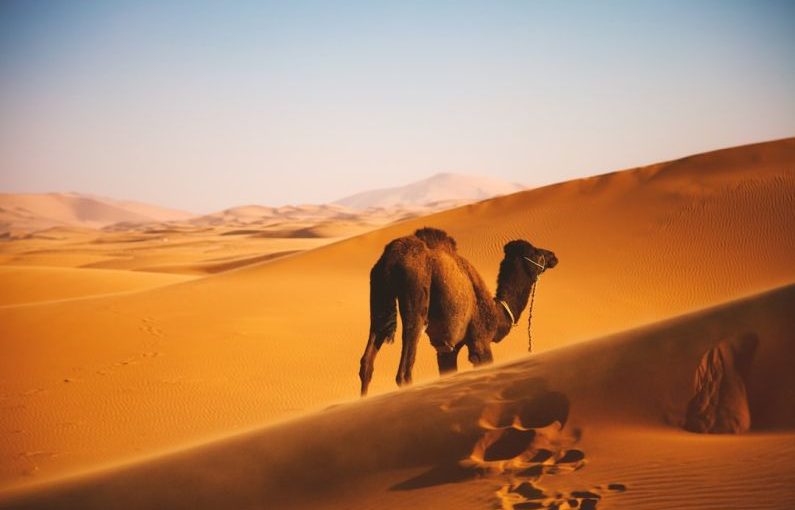Camels have played a vital role in Arabian societies for centuries, serving as indispensable companions to the inhabitants of the desert regions. These majestic creatures have become synonymous with the Arab world, embodying resilience, adaptability, and strength. From transportation to trade, camels have been integral to the fabric of Arabian societies, shaping traditions and lifestyles in profound ways. Let’s explore the multifaceted role of camels in Arabian societies.
**The Bedouin Way of Life**
For the Bedouin tribes of the Arabian Peninsula, camels have been a lifeline in the harsh desert environment. These nomadic people have relied on camels for survival, as these animals can endure long periods without water and navigate the vast desert landscapes with ease. Camels provided transportation for the Bedouins, allowing them to traverse the desert in search of food and water sources. The bond between the Bedouins and their camels is deeply rooted in mutual dependency, with each relying on the other for sustenance and companionship.
**Trade and Commerce**
Camels have long been prized for their role in trade and commerce in Arabian societies. Known as the “ships of the desert,” camels were essential for transporting goods across long distances, connecting different regions and facilitating economic exchange. The camel caravans that traversed the deserts were instrumental in the development of trade routes, linking the Arabian Peninsula to distant lands and fostering cultural exchange. The camel’s ability to carry heavy loads over rugged terrain made them indispensable for merchants and traders seeking to navigate the challenging desert environment.
**Cultural Significance**
Camels hold a special place in Arabian culture, symbolizing wealth, status, and hospitality. In traditional Arabian societies, owning camels was a sign of prosperity and social standing, with the number of camels a person owned reflecting their wealth. Camels were also used as dowry payments in marriages, highlighting their value in Arabian society. Additionally, camels have been celebrated in art, literature, and folklore, serving as iconic symbols of the desert landscape and the nomadic way of life.
**Camels in Modern Times**
While the role of camels in Arabian societies has evolved over time, these magnificent creatures continue to hold significance in the region. In contemporary Arabian societies, camels are still used for transportation, racing, and tourism, preserving the cultural heritage associated with these animals. Camel racing, in particular, has become a popular sport in the Arab world, attracting spectators from around the globe and showcasing the agility and speed of these remarkable animals.
**Preservation of Camel Heritage**
Efforts are being made to preserve and protect the heritage of camels in Arabian societies. Organizations dedicated to camel conservation work to ensure the welfare and sustainability of these animals, promoting responsible breeding practices and raising awareness about the importance of camels in Arabian culture. By safeguarding the genetic diversity of camel populations and supporting traditional camel-rearing practices, these initiatives aim to ensure that camels remain an integral part of Arabian societies for generations to come.
**In Conclusion: The Enduring Legacy of Camels**
Camels have left an indelible mark on Arabian societies, shaping traditions, economies, and cultural identities. As symbols of resilience and adaptability, camels embody the spirit of the desert and the enduring bond between humans and animals in the Arabian Peninsula. Despite the changing landscapes of modern times, camels continue to hold a special place in the hearts of the Arab people, serving as reminders of a rich heritage rooted in the sands of time. The legacy of camels in Arabian societies remains an enduring testament to the enduring connection between humans and these magnificent creatures.





